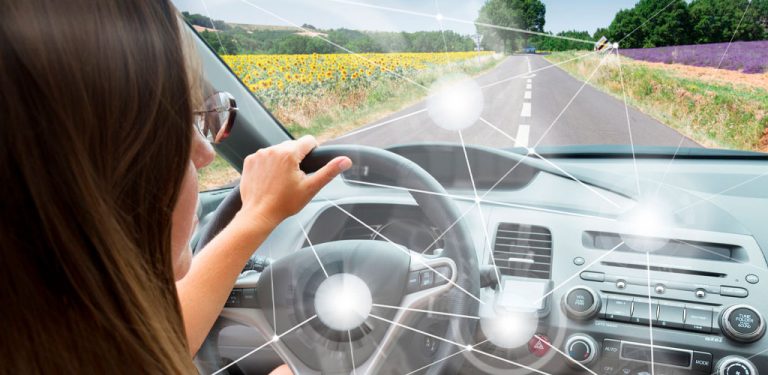Today's insurers use IoT to monitor drivers' habits, including changes in speed, how often they drive and at what time of day, among others. Their expectation is that it will lead to cost reductions through improved ability to assess risk in their customers, and for consumers it means a reduction in their premium price assuming they drive properly.
Among the technologies and sensors that currently prevail to monitor driving habits are the On Board Diagnostic (OBD - II) devices from Intel, which, installed in the vehicles, allow, among other functionalities, to send analyses of the driving habits of the insured.
That is why car insurance companies are being among the first to adopt UBI (Usage-Based Insurance) models, also known as PAYD (Pay As Your Drive) or PHYD (Pay How You Drive), that is, all those car insurance where the price depends on the type of used vehicle measured in time, distance, behavior and place, we can see that among the potential benefits of the UBI model are for example:
- Social and environmental benefits of more responsible and less unnecessary driving
- Business benefits for the insurance company from better alignment of insurance with actual risk, increased customer segmentation.
- Potential cost savings for responsible customers
- The fact that the vehicles are equipped with tracking systems means that fewer collision and/or theft incidents in a given area could contribute to lowering the premium for all clients living in that area.
- The technology that drives UBI / PAYD enables other solutions such as the V2I communication model, Vehicle to Infrastructure, which allows vehicles to share information with the usual components of a country's road system, such as RFID readers, traffic lights, cameras, street lights, information signs or parking meters.
- More options for consumers in the type of car insurance available for purchase.
- The social benefits of accessibility to affordable insurance for responsible young drivers
- Higher risk drivers pay more, so they have a higher incentive to change driving patterns or get off the road, making them safer.
- For usage-based telematics insurance, continuous tracking of vehicle location improves personal safety and vehicle security. GPS technology could be used to locate the whereabouts of the vehicle after an accident, breakdown or theft.
- The collected metrics and analytics could prove valuable for the segmentation and/or contracting of non-automotive insurance.
- The gamification of the data encourages good driver behaviour compared to other drivers and produces improvements in their loyalty channel.
In addition, the UBI model is showing promise as a fraud detection system. For example, a common form of fraud exaggerates the damage to the vehicle after a minor collision, for example, in the hope of obtaining a higher payment, but by cross-referencing that statement with real-world data showing the time, speed, location and position of vehicles in an accident, insurers can better measure the severity of the incident with respect to the nature of the claim.
However, with all this monitoring and promotion of good driving habits we have to recognise that we are human, since insurance policies are born to protect drivers financially in case they make a mistake that causes an accident.
That is why the safety systems in place in vehicles today, many of them based on IoT, have considerably reduced accidents, which adds up to a reduction in the insurance companies' bills. We have that among the types of events are:
- Lane departure
- Improper
lane change - Improper or excessive speed for the road
- Rollover
- Rear-end collision
We should not forget that two disruptive changes are currently visible on our horizon that will substantially affect how our policy will look in the not too distant future as autonomous driving and the car as a service.
With respect to autonomous driving systems, a report by the consulting firm McKinsey & Company suggests that autonomous driving technology could reduce accidents by up to 90% by mid-century and save $190 billion in hospital costs in the United States alone. This is no longer science fiction; Tesla's autopilot system has already led to a 40% reduction in accidents in its models, whose success is the result of reduced human error.
Finally, the car, as a change from a product to a service business model, will allow us to explore possibilities never seen before, such as, who knows, the opportunity to take out comprehensive insurance covering different car-sharing platforms that cover different car models and therefore needs depending on the journeys I want to make, a holiday in the mountains with an all-terrain vehicle, a month's journey in a utility vehicle in the city or an additional car for my partner, are just some examples of all the possibilities.












